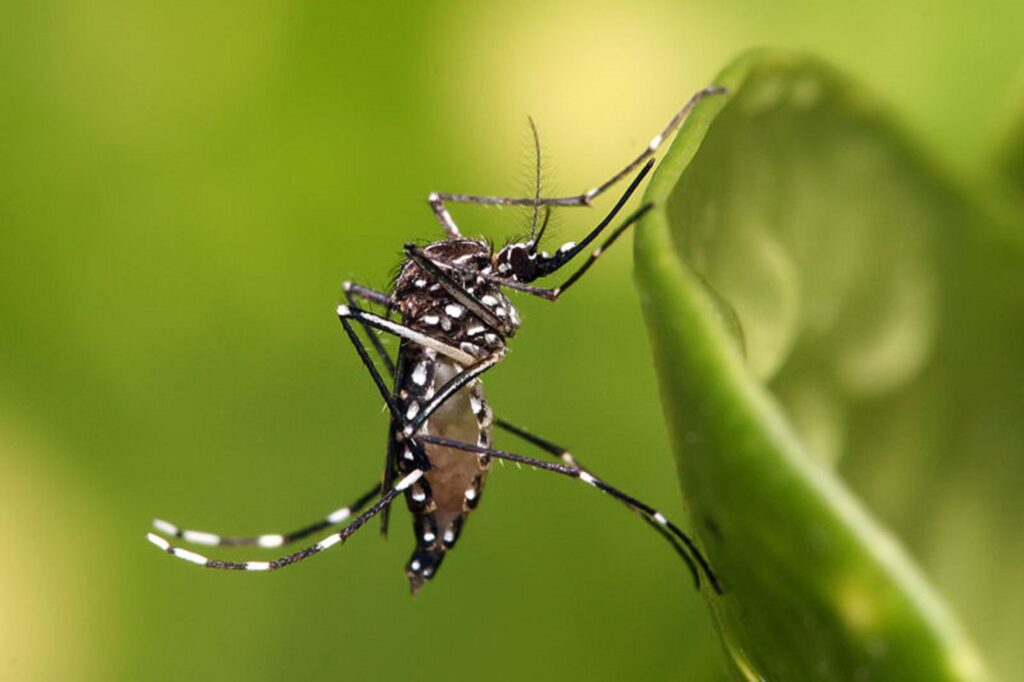
Dengue fever is a dangerous disease that affects millions of individuals every year, making it stand out among the others. Dengue is an infection spread by mosquitoes that is commonly referred to as “backbone fever” because of the intense pain it causes in the joints and muscles. It is still a major worldwide health concern. We examine the complexities of dengue in this blog, including its causes, symptoms, prevention, and current global initiatives to lessen its effects on communities.
What is Dengue Fever?
The virus that causes dengue is mostly spread by the Aide’s mosquito, namely Aide’s aegypti. The virus, which has four different serotypes (DEN-1, DEN-2, DEN-3, and DEN-4), is a member of the Flavivirid family. After contracting the virus, a person may experience minor symptoms or, in extreme circumstances, dengue hemorrhagic fever (DHF) or dengue shock syndrome (DSS), which are more serious and potentially fatal.
dengue symptoms and Diagnosis:
Elevated Temperature: An abrupt start of a high temperature, frequently above 104°F (40°C).
Severe Headache: Sharp pain behind the eyes and in the forehead.
Joint and Muscle Pain: A painful sensation in the muscles and joints, which is why dengue fever is also known as “backbone fever.”
Skin Rash: A rash that might show up a few days following the start of a fever.
light Bleeding: People occasionally get gum or nosebleeds, among other types of light bleeding.
Global Impact and Challenges: dengue fever
More than 100 nations have endemic dengue disease, with an estimated 390 million cases reported yearly. The rising prevalence around the world places a heavy strain on healthcare systems, particularly in underdeveloped areas.









